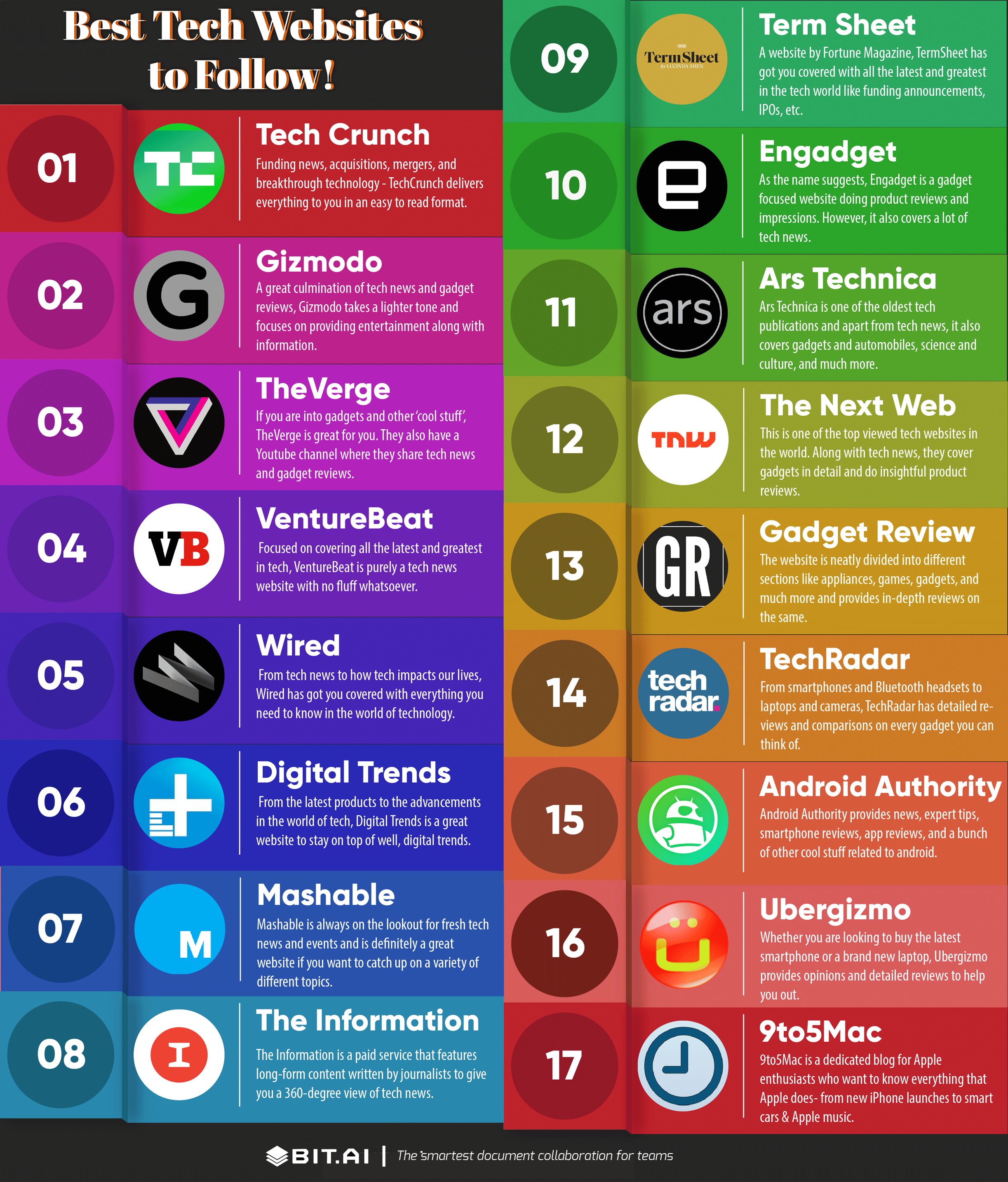The Advancement of the Best tech blog: A Trip Via Tech Background and Future Trends
The Advancement of the Best tech blog: A Trip Via Tech Background and Future Trends
Blog Article
Understanding the Surge of Side Computer in Today's Digital Globe
In the quickly evolving landscape of technology, side computing becomes a pivotal pressure, improving exactly how data is refined and used. This standard change is driven by the spreading of IoT tools and a rising demand for instantaneous information processing. By transitioning data monitoring closer to the resource, edge computer addresses vital latency issues while maximizing data transfer usage and boosting safety procedures. As industries pivot in the direction of smarter, a lot more reliable systems, comprehending the nuances and implications of this technological innovation ends up being vital. What does this mean for future innovations and the electronic ecosystem as a whole?
What Is Side Computer
Edge computer, although a reasonably recent improvement in the world of technology, fundamentally changes just how data is processed and managed by bringing computation and data storage closer to the place where it is needed. Unlike standard cloud computing models, which frequently depend on central information facilities that can be geographically distant, side computing decentralizes data handling. This distance reduces latency, improves real-time data processing, and enhances the general user experience by ensuring much faster reaction times.
At its core, side computing involves a network of localized gadgets and framework, such as sensing units, gateways, and routers, efficient in processing data at or near the resource. This local handling capability is especially essential for applications calling for prompt information evaluation, such as autonomous vehicles, commercial automation, and clever cities. Additionally, by offloading data handling jobs from central web servers, edge computer minimizes transmission capacity needs and boosts information privacy and security, as delicate details can remain on-site rather than going across substantial networks.

Trick Chauffeurs of Adoption
A number of elements are propelling the fostering of side computing in today's electronic landscape. Side computing addresses this requirement by enabling information processing closer to the data resource, lowering latency and boosting real-time decision-making abilities.
Another substantial motorist is the demand for enhanced data transfer efficiency. Central cloud systems can become overloaded with the sheer volume of data generated by IoT devices, causing traffic jams (Best tech blog). By processing information at the side, organizations can minimize network blockage and enhance general system performance
Moreover, protection and privacy concerns are pushing companies towards edge computer. By refining delicate data in your area, companies can minimize threats related to information transmission and direct exposure to possible cyber risks.
The surge of applications requiring real-time handling, such as autonomous lorries and boosted fact, likewise demands the rapid response times that edge computing supplies. Collectively, these motorists are making side computing an indispensable component of contemporary IT facilities, leading the method for its widespread fostering throughout numerous markets.
Benefits Over Cloud Computer
Just how does edge computing distinguish itself from traditional cloud computing? Mainly, side computer brings data Continue processing closer to the resource of information generation, typically on neighboring servers or local devices, rather than depending on central information facilities. This distance substantially decreases latency, allowing real-time data processing and decision-making. For markets where milliseconds matter, such as self-governing lorries or commercial automation, the lowered latency supplied by edge computing can be important.
Moreover, side computing boosts bandwidth performance (Best tech blog). By refining data locally, only the essential data is transferred to the cloud for more analysis or storage space, minimizing the volume of information that traverses the network. This not just alleviates network congestion but additionally decreases data transmission expenses
Edge computer also uses enhanced information privacy and safety. Delicate information can be refined locally without being sent out to the cloud, minimizing the direct exposure to prospective cyber hazards. This is specifically beneficial for sectors taking care of confidential info, such as health care and monetary services.
Additionally, side computing ensures greater resilience and dependability. Local handling enables proceeded operation also when connectivity to the cloud is endangered, preserving necessary features and solutions regardless of possible network interruptions. These advantages collectively show edge computing's transformative capacity in maximizing performance and protection in digital ecosystems.
Obstacles and Considerations
While side computing provides numerous advantages, it additionally presents special obstacles and factors to consider that must be addressed to completely realize its potential. One substantial obstacle is information safety and privacy. Handling data better to the resource enhances the threat of unauthorized accessibility, demanding durable encryption and strict safety and security protocols to shield sensitive information. Furthermore, handling and monitoring a decentralized network of edge devices can be complex, needing sophisticated devices and methods to make certain smooth procedure and maintenance.
Another factor to consider is the scalability of edge computing options. As the number of linked tools grows, so does the need for refining power at the edge, which can result in source constraints. Organizations should thoroughly prepare their facilities to fit this growth without jeopardizing efficiency or effectiveness.
Interoperability is an additional critical variable. With various software and hardware parts involved, making sure compatibility and smooth assimilation can be difficult. Standardization initiatives are vital to help with interaction between diverse systems.
Future Patterns in Side Computer
Preparing for the future, edge computing is positioned to change different markets by allowing quicker data processing and decreasing latency. As the quantity of information generated by IoT gadgets proceeds to expand, side computing will become increasingly vital in handling this influx successfully.
One more emerging fad is the advancement of edge-native applications designed specifically to take advantage of the one-of-a-kind capacities of side computer. These applications will maximize efficiency and source application, bring about enhanced efficiency throughout various markets. Furthermore, improvements in 5G modern technology will even more bolster edge computer by supplying the necessary framework for high-speed, low-latency interaction between gadgets and edge nodes.
Verdict
Edge computer's increase is driven by the spreading of IoT gadgets and the need for real-time data processing, which improves effectiveness by decreasing latency and decentralizing information monitoring. This strategy mitigates data transfer inefficiencies and safety issues, assisting in advancements in applications like clever cities important source and self-governing vehicles. Regardless of difficulties such as infrastructure complexity and assimilation, the future of side computer promises an learn this here now extra receptive digital community, with proceeded developments forming its evolution and broadening its applicability throughout industries.
Side computing, although a reasonably recent development in the world of modern technology, essentially transforms how data is refined and handled by bringing computation and information storage space closer to the place where it is needed. Unlike typical cloud computing models, which typically depend on centralized information centers that can be geographically remote, side computer decentralizes data handling. Additionally, by unloading information handling jobs from main web servers, side computer reduces bandwidth requirements and boosts information personal privacy and safety, as sensitive info can stay on-site instead than traversing considerable networks.

Report this page